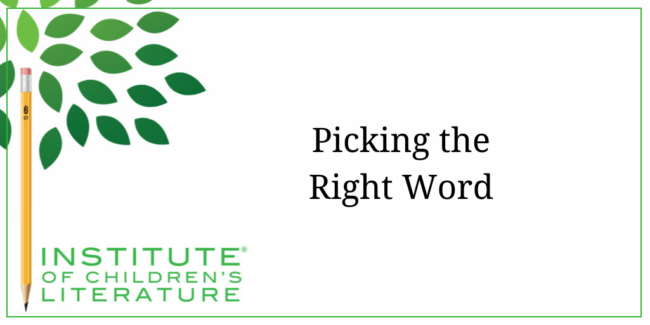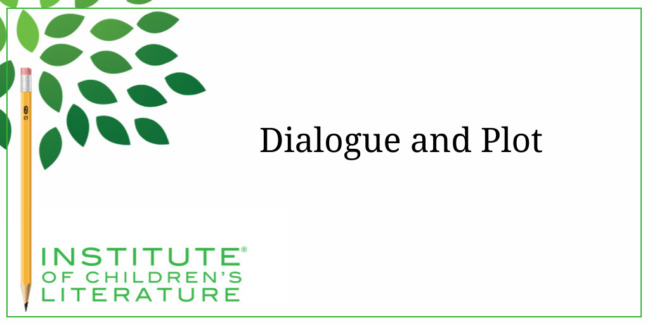What Sits Beyond the Reach of Language
Facebook Twitter We teach our students how to write and get published! View our Course Catalog > It’s National Poetry Month, and with the chaos of coronavirus that’s unsettled us and our need to stay as close to home as possible, now, more than ever, is the perfect time to delve into poetry for the…






















